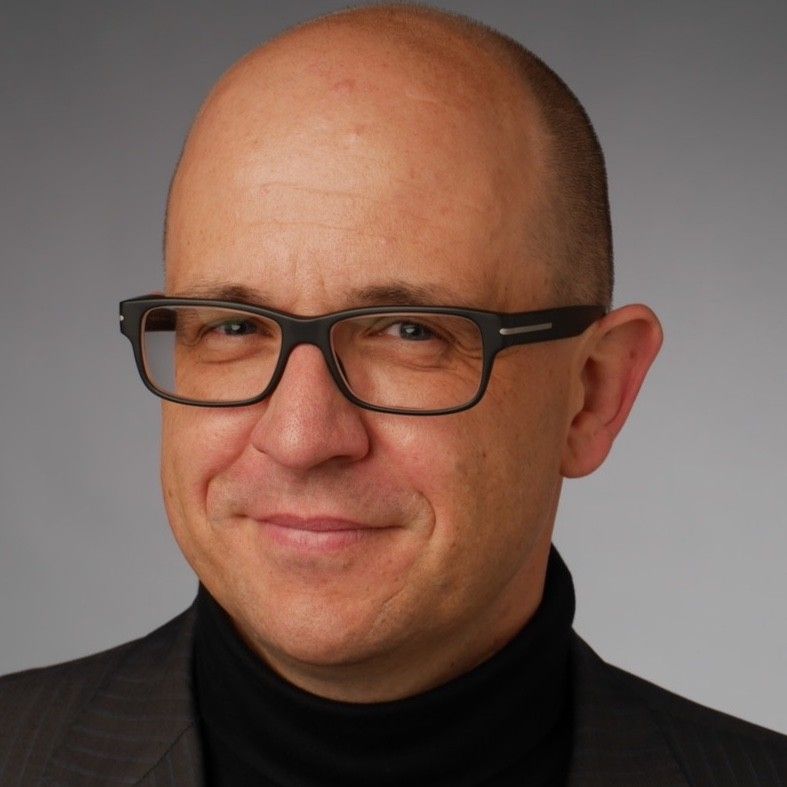Application Migration: Best Practices and Strategies

With a growing number of public and private cloud infrastructures, more and more companies decide to migrate their app to the cloud. Definitely, this will bring productivity and cost benefits to your business. But how to make this transition smooth and cost-effective?
The original and target environments have certain differences, so sometimes a migration process doesn’t necessarily run as it supposed to be, and this can be a real pain in the neck for enterprises. So, the question arises: “How to make application migration as easy and smooth as possible?” In this article, we will share with you information on challenges, application migration best practices and strategies, as well as stages of the process of application migration.
What Is Application Migration?
Application migration refers to a process of moving an enterprise application (along with its data and host servers) from one environment (e.g. on-premise or public) to another (e.g. private or hybrid).
Application Migration Strategies
Determining an overall application migration strategy involves considering each application’s dependencies and technical requirements, as well as your enterprise’s security, compliance, and cost constraints. There are different migration patterns, we will consider them in detail.
- Rehosting
Also known as lift-and-shift, this is one of the most common application migration types. This type involves moving an application from an on-premises server to a digital version of a physical computer in the cloud without making significant changes. The migration process is fast, and the migration costs are low. The disadvantages are a lack of all the capabilities of cloud computing and a high level of long-term costs.
- Refactoring or re-architecting
Refactoring involves changing an application, adding new functionality, and improving it significantly (e.g. re-coding parts of the app) to scale it or move it to the cloud. Besides, it involves an adoption of a Platform-as-a-Service (PaaS) cloud delivery model to support the application. As for re-architecting, this strategy means that the developers rebuild an existing application to optimize its performance and improve security.
- Replatforming
This means application reprogramming (e.g. updating the app or changing the operating system). Minor changes are made to improve the benefit that can be obtained from the cloud architecture.
- Retirement/replacing
Retirement/replacing of an application is used when the use of the application doesn’t have any business value or its capabilities are duplicated in another product. An application migration option in this case is replacing an existing app with a third-party application, offering better compatibility with a cloud environment. For this purpose, software as a service (SaaS) is used.

Application Migration Risks
The process of migrating an app to a new environment may have certain challenges. Here are the main ones.
- Unexpected technical problems
Many dependencies can make refactoring an application more expensive than originally planned.
- Unexpected expenses
Lack of a clear plan with coordinated actions and a clear strategy leads to unforeseen costs. Each situation is different, but often the unexpected costs are licensing fees or additional training for employees. Besides, an original environment and a target environment have certain differences which can necessitate changes in security and compliance requirements. Thus, developing new tools and capabilities for proper data security involves additional expenses.
- Unexpected application downtime
Problems in the application lead to its downtime and the downtime of the systems associated with it. This problem leads to financial losses and disruption of the workflow.
Checklist: How to Evaluate Your Application
When assessing an application, be sure to check the following aspects.
- Complexity
You should evaluate the importance of an application for an organization and workflow, learn who developed an application (in-house devs or external vendor), find all the necessary documentation.
- Criticality
Consider the audience of the application - a number of users who use it on a daily or weekly basis. Decide on which downtime an app can tolerate without prejudice to the company. Besides, check the areas where an application is used, and if there are certain apps that should be synchronized with the target app.
- Compliance
This is about checking regulatory requirements that your business should comply with.
- Availability
Check whether an app is subject to a service level agreement (SLA) or not and learn what uptime standards this application meets.
Application Migration Best Practices
A structured approach that involves attention to detail and consistent execution of clear actions ensures a migration project is executed on time and within a budget. These practices will facilitate the process of application migration and help avoid significant disruptions to businesses.
- Assess an application
Assessment is the foundation of this process because overlooking key details can lead to performance issues and migration roadblocks. A comprehensive review includes the following aspects:
-
Configuration of virtual and physical services, lists of supporting technologies, level of complexity, and compliance requirements.
-
Security of an application in case it contains sensitive data.
-
Data dependencies.
-
Accurate data transfer volume statistics.
-
Possible performance challenges.
-
Make sure all business units are aware of this process
Clear communication and straightforward explanations ensure that all departments are aware of how migration may affect their business processes.
- Map out a migration strategy
Decide on the step-by-step strategy of this process. We recommend starting from the least important components and gradually moving to the most critical ones.
- Organize training sessions
Train staff to make sure employees and different departments are familiar with cloud concepts.
- Manage software licensing
Be sure to review the application licenses, clarify the issue of the possibility of updating licenses so that they can be used in the cloud.
- Test and re-test
A successful migration requires a phased test plan, which is essential for the smooth operation of your application.
- Choose the best application migration tool for your needs
There are various application migration tools you may make use of. For instance, if you’ve chosen an Azure public cloud computing platform, then the Microsoft Azure migration program will help you optimize the process and reduce costs for migrating applications with strict compliance requirements. For AWS (Amazon web services) users, Amazon provides various cloud migration services that are also suitable for large-scale applications.
On top of that, Red Hat offers an application migration toolkit. This software solution identifies application interdependencies by analyzing IT environments and provides analytics that shows which applications may be challenged during migration.
- Involve outside experts to boost in-house capabilities
The whole process may be hectic and complicated, so invest in additional expertise to make sure that all tasks are executed properly because otherwise, you are likely to lose data and money.
- Automate if possible
Automate repeated patterns if possible to increase the efficiency of the migration process and minimize disruption.
Stages of an Application Migration Plan
Overall, the application migration process can be divided into three stages.
1. Identifying and evaluating applications
Build an application portfolio, determine the strategic and business value of your applications to understand the complexity of future migration. Determine the business impact, the level of satisfaction of the needs of the target audience, the importance of the data, the level of complexity of application control, maintenance costs, and the potential of the application after migration.
2. Estimate the cost
Determine the budget for the future migration process. This budget should include the costs of purchasing, operating, and process maintenance, testing costs, and staff training.
3. Create a project plan
Create a detailed project plan, taking into account all the analyzed information. Be sure to calculate the risks, project timing, as well as phased implementation and deadlines for each stage.
Summary
Thus, application migration may be a hectic and challenging process that encompasses many stages, but if you entrust this task to professionals, then this process will be as convenient and smooth as possible, in compliance with all deadlines, and within the existing budget. Yojji experts in cloud development and migration will elaborate a detailed plan for the migration of an application of any complexity, as well as carry out this process while reducing costs and migration risks.

Yojji successfully delivered the project within schedule. They demonstrated excellent project management via weekly sprint demos and promptly made adjustments based on the client's feedback. Their responsiveness and collaborative attitude were key elements of their work.

5.0
Yojji was an instrumental part of the client’s team, working closely with them to achieve the product’s success. The team was very collaborative and timely, and their performance was amazing. Additionally, their resources were experienced, professional, and enjoyable to work with.

5.0
Yojii is impressive both in quality of development work as well as their commitment. Strong focus on delivery, highly technical personnel, flexible approach that allows for rapid development. Strong processes that allow for solid controls.

5.0
We’re very happy with the way that Yojji works, which is why we’ve spent so much money and engaged them for such a long time. We treat them as employees in regard to responsibilities and expectations, and they haven’t disappointed us.

5.0
As a company, we find Yojji to be excellent development partners - we cannot recommend them more highly and will be very happy to continue working with them in the future.

5.0
They are really nice people with excellent technical backgrounds.

5.0
We used Agile project management methodology and were in contact with the team and project manager daily.

5.0
They all had a super positive outlook and were dedicated to getting the work completed to a high standard.

5.0
Yojji has delivered an accessible product with thorough consideration for the client's requirements. Users have commented on the platform's user-friendliness and speed. Moreover, the team is easy to communicate with and provides frequent updates. Their development and design skills are impressive.

5.0





